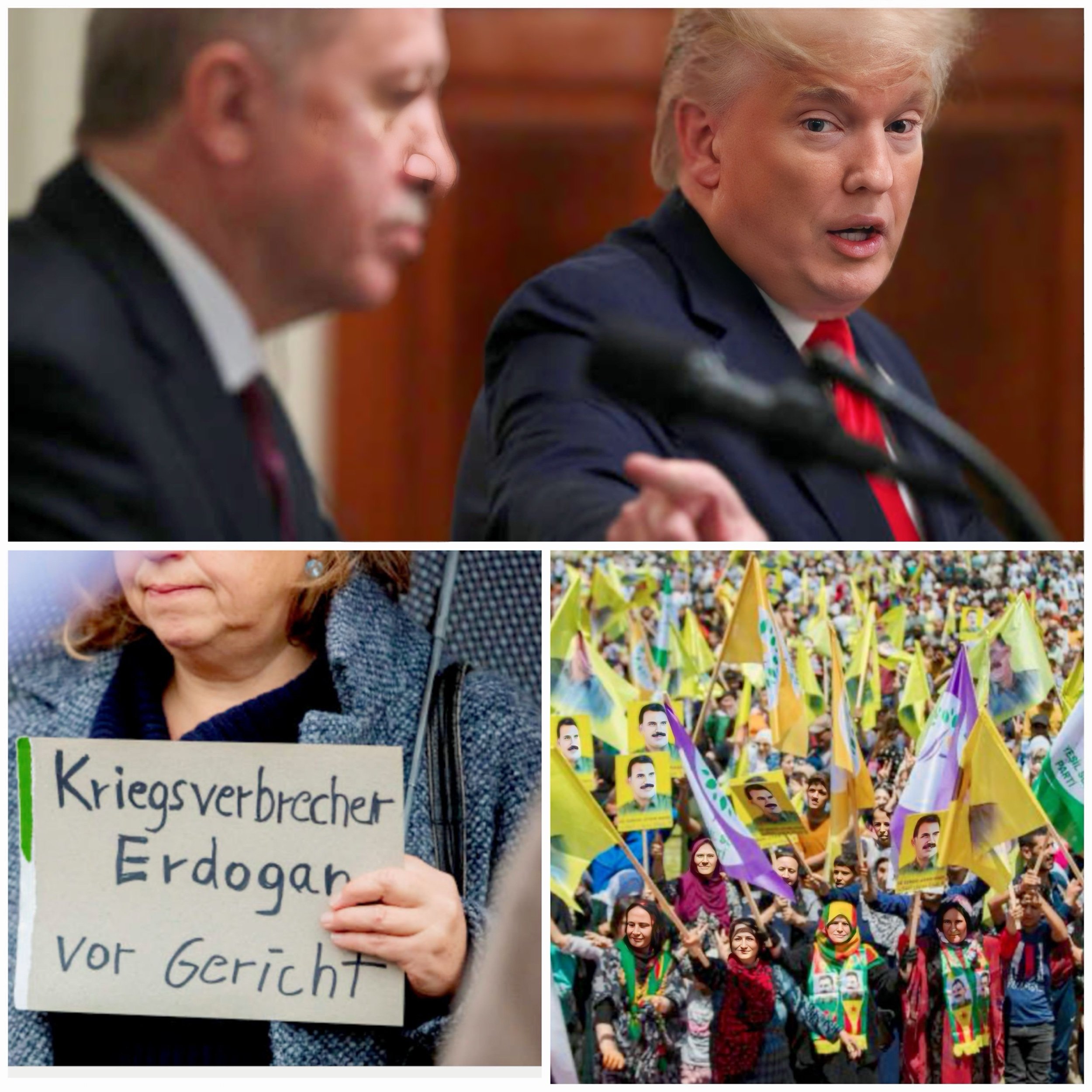Syrian Forces Enter Afrin, Locals Voice Demands - Changing times
Introduction
Syrian Public Security Forces entered the city of Afrin in northwest Syria on February 6, 2025, marking a significant shift in territorial control of the Kurdish-majority region that has been under Turkish occupation since 2018. The move comes amid sustained local demands for an end to Turkey’s military presence and systematic demographic changes imposed since Operation Olive Branch.
Key Developments
Entry of Syrian Forces
Pro-government Public Security Forces assumed control of Afrin’s administrative and security operations, though the extent of Turkish military withdrawal remains unclear.
Local Reactions
Displaced Kurdish residents in Jal Agha and surrounding areas intensified calls for a full end to Turkish occupation and the return of confiscated properties.
Context of Turkish Occupation (2018–2025)
Since capturing Afrin in 2018, Turkey and its Syrian National Army (SNA) proxies have faced widespread allegations of
Forced Displacement
Over 150,000 Kurds displaced, with Arab and Turkmen families resettled into vacated homes.
Cultural Erasure
Destruction of Kurdish landmarks like the Kawa statue and Yazidi shrines, replaced with Turkish or Islamic symbols.
Human Rights Violations
Systemic looting, arbitrary arrests, and torture documented by groups like Amnesty International and Human Rights Watch.
Ongoing Challenges
Demographic Shifts
A 2023–2024 analysis showed Kurdish populations in Afrin subdistricts like Jinderis and Rajo declined by 40–60%, replaced by Arab and Turkmen settlers.
Security Instability
Turkish-backed factions continue cross-border attacks, including a kamikaze drone strike in August 2024 that killed a member of anti-occupation Tahrir Afrin Forces.
Conclusion
The February 6 entry of Syrian forces follows months of escalating protests against SNA rule, including July 2024 riots where Syrians tore down Turkish flags and clashed with troops. While the move signals potential shifts in Afrin’s governance, long-term resolution of displacement and accountability for abuses remains unresolved.







